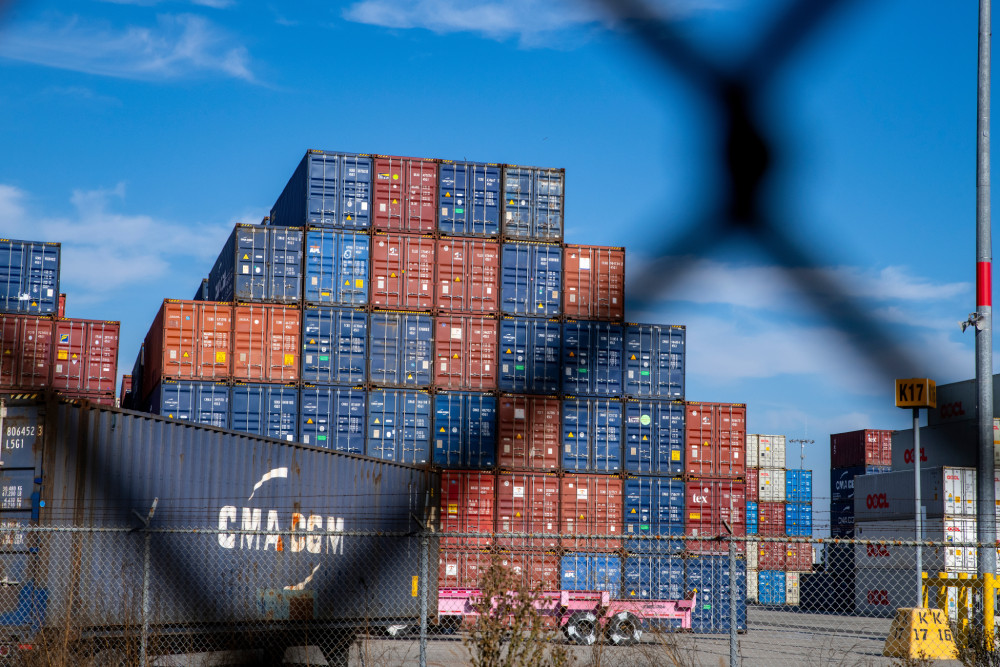
Anticipation of President Trump’s proposed “Liberation Day” tariffs has sparked a steep drop in apparel imports in April, hinting at the beginning of a brutal shakeout for apparel retailers.
Between March 31 and April 6, U.S. apparel import bookings fell 59.1%, the sharpest decline across all categories, according to Vizion, a container tracking database.
The drop was concentrated in “discretionary or seasonal goods,” which are typically the first to get hit when tariffs or shifting trade policies raise input costs, Vizion said.
Apparel companies are especially exposed.
Tariffs drive up production expenses and compress already thin margins, a challenge made worse by the industry’s dependence on imports.
According to the American Apparel & Footwear Association, the U.S. sources 97% of its clothing and shoes from overseas. In 2024 alone, the U.S. imported $108 billion worth of apparel — more than any other country.
More than half of those imports come from China, Vietnam, and Bangladesh, according to Census Bureau data.
The latest import slump reflects a broader downturn in booking volumes triggered by Trump’s trade agenda.
“We have no way of knowing how significant this drop in orders will be on vessel schedules,” said Alan Murphy, head of Sea-Intelligence.
“We won’t go to zero containers, but we will see a decrease in containers, and as a result, we will see a massive raft of blank sailings announced,” he added.
U.S. apparel stocks: From bad to worse?
Stocks in the apparel retail sector are down 11.3% year-to-date, slightly underperforming the broader S&P 500.
The group includes names like The TJX Companies (TJX), Ross Stores (ROST), Lululemon Athletica (LULU), Burlington Stores (BURL), The Gap (GAP), and Urban Outfitters (URBN).
As Barron’s reported, apparel stocks were among the hardest hit following Trump’s tariff announcement. While some names have rebounded, the group’s performance remains closely tied to trade policy headlines.
Retailers had attempted to front-load orders earlier this year to get ahead of potential tariffs, but that stopgap strategy is no longer sustainable, said Jonathan Gold, a vice president at the National Retail Federation (NRF).
The NRF now expects U.S. apparel import volumes to decline by 20% in the second half of 2025. While there’s no immediate threat of empty shelves, the sector’s outlook now hinges on the outcome of ongoing trade negotiations.
Your email address will not be published. Required fields are markedmarked